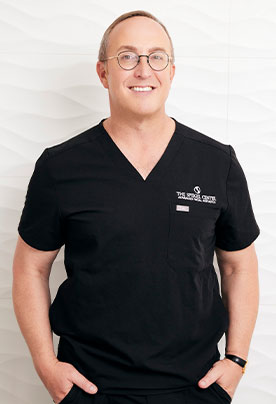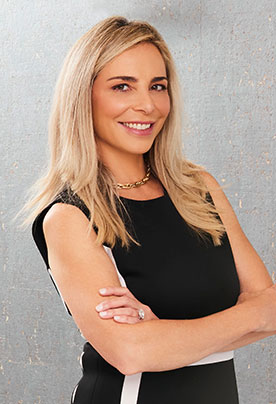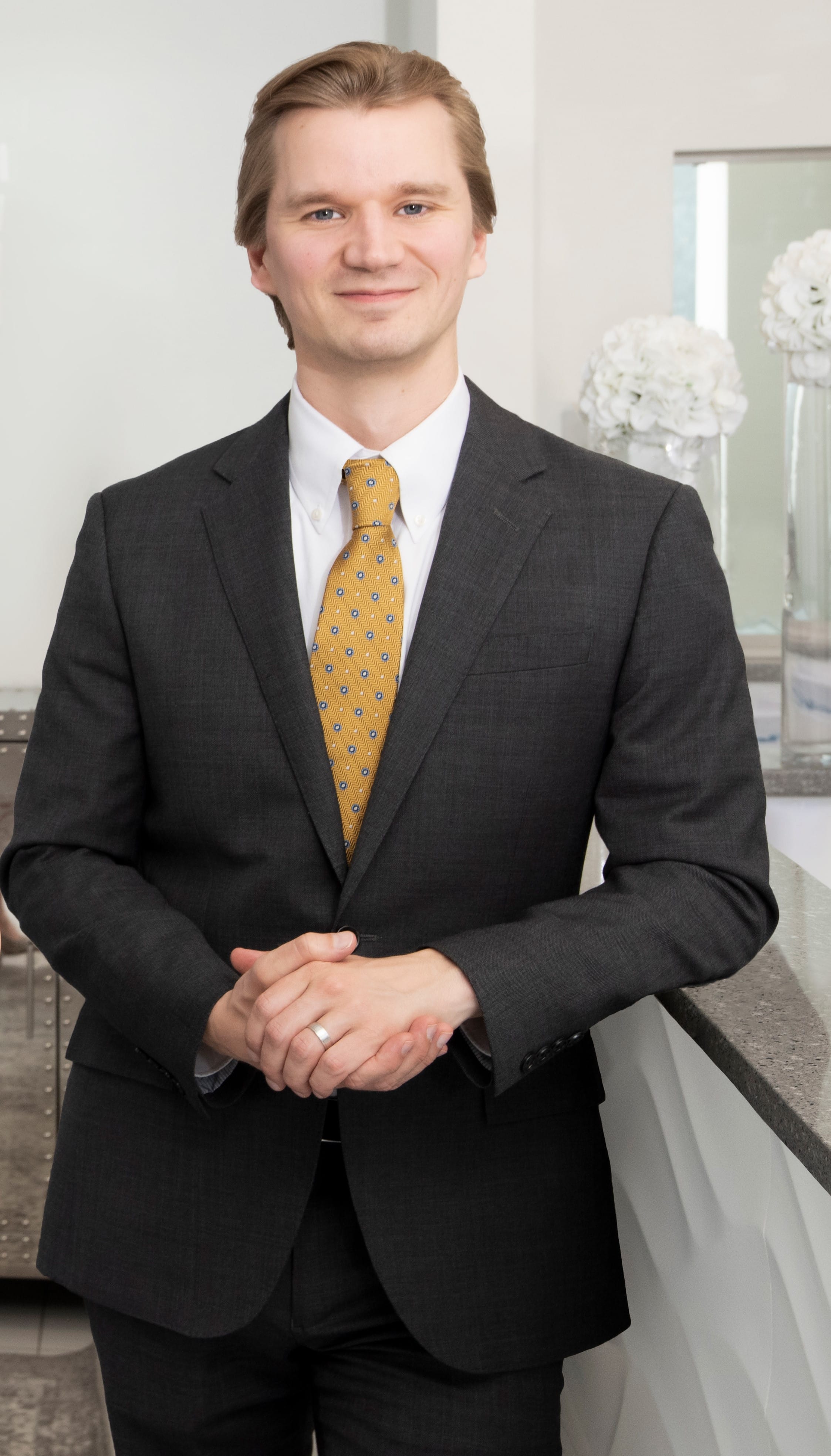
The term ‘ethnic rhinoplasty’ is problematic, but it exists for a reason (history explains why). Modern aesthetic rhinoplasty techniques first emerged in North America and Europe around the turn of the century (think late 1800s to early 1900s). In both Europe and America, surgeons devised methods for nasal hump reduction—a prominent nasal feature that occurs relatively commonly in populations of European descent. From this simplistic beginning, rhinoplasty techniques evolved over the ensuing decades with an overarching theme of making big noses smaller. ‘Reduction rhinoplasty’ became the norm for the vast majority of patients and surgeons undergoing and performing surgery. Meanwhile, rhinoplasty techniques expanded with plastic surgeons around the globe, and consequently the diversity of the population seeking modifications of their nasal appearance also expanded. However, the reduction rhinoplasty techniques that had developed throughout most of the 20th century in Europe and North America couldn’t be applied universally to the global population because of the different patterns in nasal anatomy and shape that exist around the world. Nevertheless, the concepts of what constitutes an aesthetically pleasing nose generally transcend cultural differences and surgical techniques evolved further to be more inclusive.
Generally speaking, the term ‘ethnic rhinoplasty’ emerged in the language surgeons used while developing and sharing techniques for modifying relatively common nasal features among people from Asia and Africa. In contrast to reduction rhinoplasty, the overarching theme for these ‘ethnic rhinoplasty’ techniques has been reducing nasal width, and raising a low nasal bridge with augmentation techniques. Hence, a brief rhinoplasty history explains the origin of the ‘ethnic’ terminology to a point, but ethnicity is not at all descriptive of nasal anatomy. Therefore, I avoid using the term ‘ethnic rhinoplasty’ because it is too ambiguous. Ethnicity is defined according to culture, language, descent, etc. Rather than focusing on ethnicity and making assumptions that may influence surgery, it is more accurate to consider each patient’s nasal characteristics objectively and consider what modifications need to occur surgically to advance the patient toward their stated goals.
Having said that, patients from around the world, from different cultural backgrounds, wonder if it is possible to augment a low nasal bridge or make their nose appear narrower while still retaining an appearance consistent with their identity. The amazing thing about rhinoplasty techniques (for patients of any ethnicity) is that they are highly customizable and can be tailored with a high degree of precision. The other common questions for augmentation rhinoplasty patients are whether cartilage or an implant should be used to raise the nasal bridge, or what the pros and cons of each option are.
In North America, it is more common for dorsal augmentation to be performed with cartilage grafts, whereas in Asia, it is more common for implants to be used. Both options are effective. Implants are made out of non-absorbable materials like silicone and porous polyethylene. Implants carry higher lifetime risks of infection and extrusion. Cartilage grafts are most often fashioned from rib cartilage—either the patient’s own (autologous) or from a deceased donor (homologous). The cartilage is shaped into an onlay graft that raises the dorsum to the patient’s desired height. At The Spiegel Center, all of the options for augmentation are available to the patient (implants, autologous cartilage, homologous cartilage), and a choice is made based on the surgeon’s advice and patient’s preference.
In addition to the nasal bridge, people from around the world have major differences in the thickness of their nasal skin and the integrity of their tip cartilage. This explains the huge variation in tip shapes (some are round, indistinct, and amorphous whereas others are naturally pointy, and everything in between). Regardless of ethnicity, patients frequently desire a smaller, well-defined nasal tip. Modern rhinoplasty techniques can affect these changes even in the thick-skinned nose, but there may be limitations to be discussed with your surgeon. Finally, alarplasty techniques can narrow and reduce the size of broad or flaring nostrils—another common request among patients of all ethnic backgrounds.
In summary, every patient brings their own unique anatomy and vision for their nose to the consulting room. Rhinoplasty techniques have evolved to accommodate noses of all shapes, sizes, and colors. Whether it’s augmenting, reducing, refining, or something else—your anatomy and vision are far more relevant than your ethnicity.





